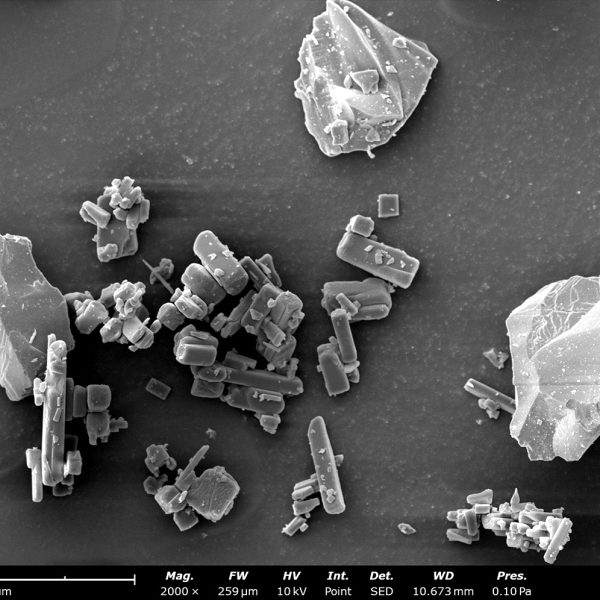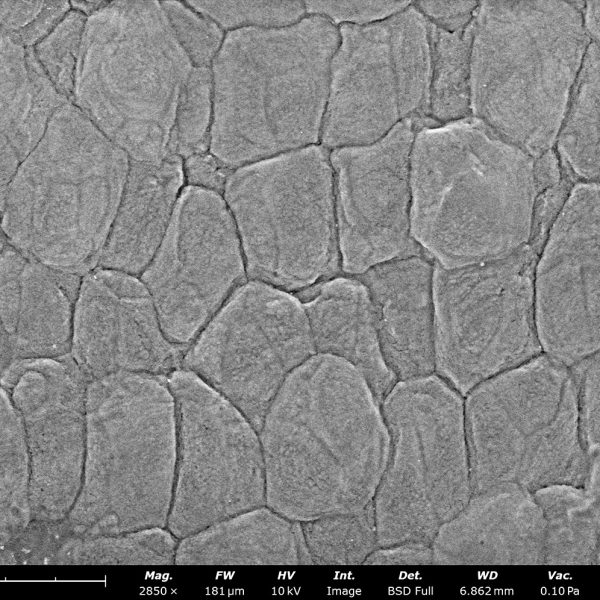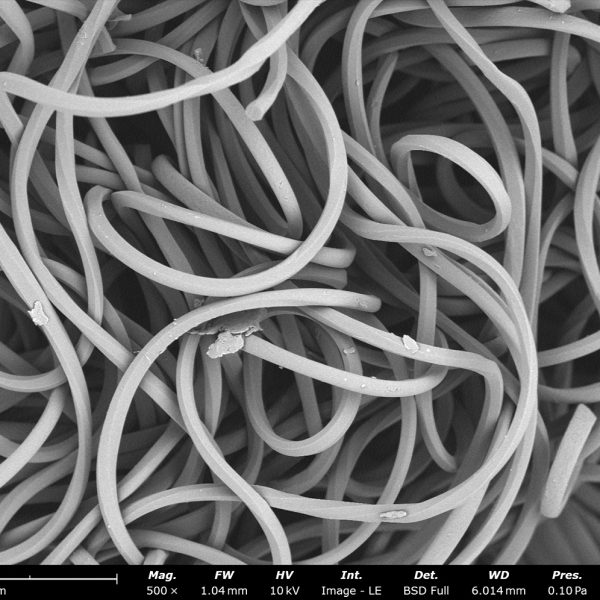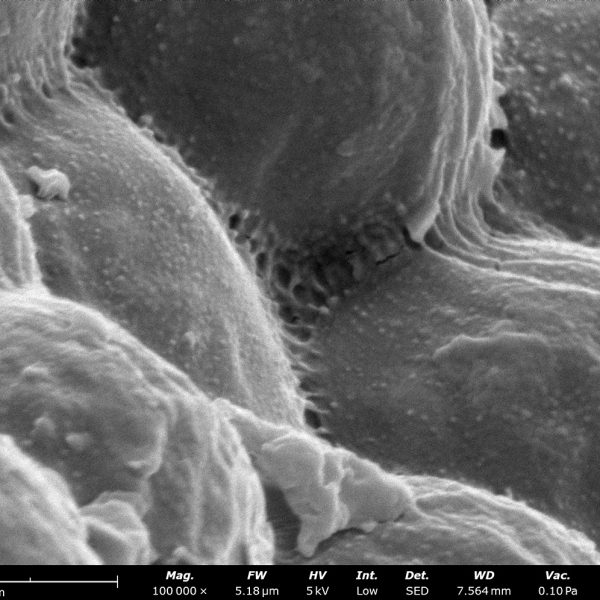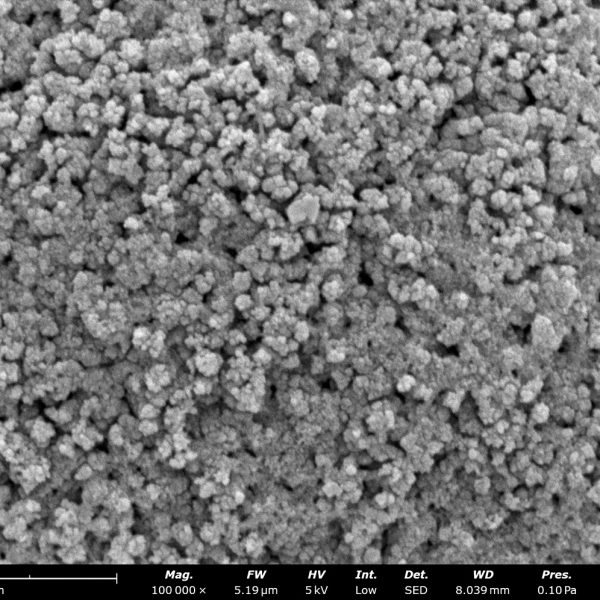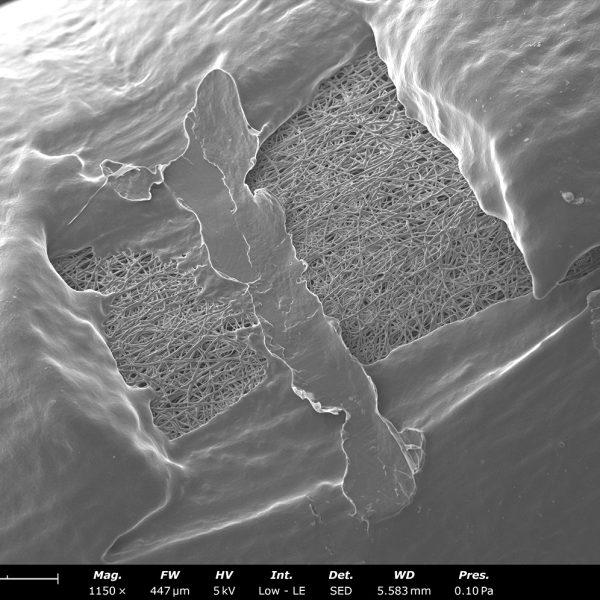SEM & Elemental Analysis
Why Choose Nanoscience Analytical?
Nanoscience Analytical provides SEM and EDS analytical services by leveraging advanced instrumentation and highly skilled scientists. Our laboratory is equipped with several SEMs with multiple detectors, electron source types, and software packages for automated analysis to provide you with fast and accurate results.
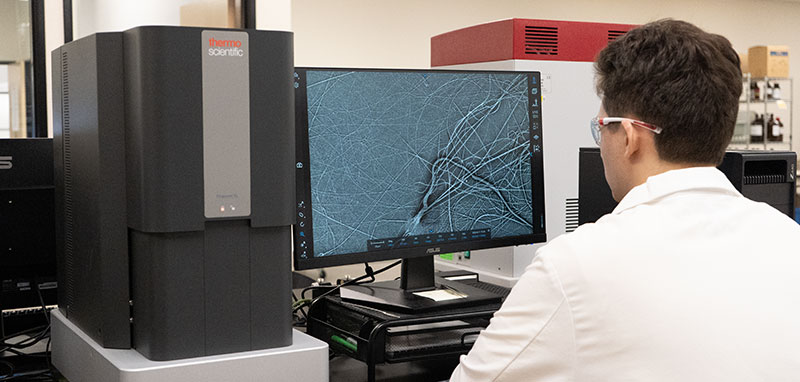
Capabilities
Sample size: up to 100 x 100 x 40 mm.
Resolution: up to 2 nm
Detectors:
BSD – Elemental contrast
SED – Surface morphology
EDS – Elemental composition
STEM – Transmitted images
Automated data collection and analysis
Common Samples: Wafers, Cross sectioned layers, Powders, Thin sections, Coatings, Nanoparticles, Fibers, Metallurgical samples.
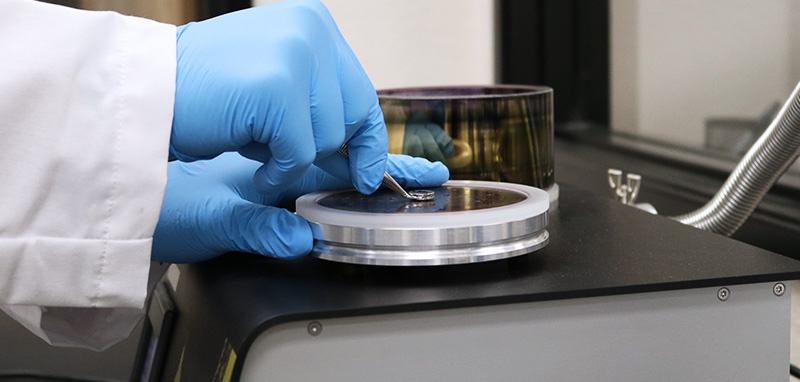
Sample Prep
SEM sample preparation is critical for achieving high quality SEM images, some methods include:
Mechanical cutting/polishing
Cross sectional polishing / ion milling
Coating non-conductive samples
Non destructive sample mounting
Powder dispersion
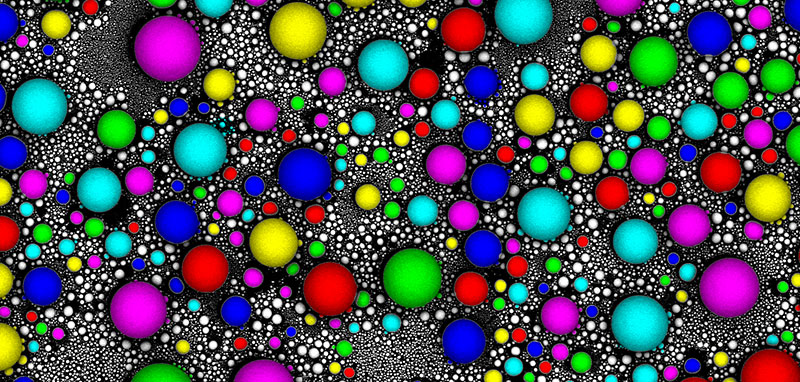
Statistically Relevant Results
Large datasets collected and analyzed through automated routines, eliminating user biases.
Particle analysis – detect impurities, foreign particles, or contaminants in your process.
Fiber analysis – Diameter, orientation, and morphology.
Inclusion analysis – compliant with ASTM E2283 standards.
Technical cleanliness – compliant with ASTM 16232 and VDA 16 standards.
Custom reporting to meet specific standards.
Talk to a scientist today!
We are a multi-disciplinary laboratory committed to providing our expertise and efficient analytical services.
SEM Capabilities:

High Resolution Imaging
Visualize your materials' surface morphology and topography at the nanoscale with exceptional clarity and precision and identify critical defects, interfaces, or features of interest.

Elemental Analysis (EDS)
Point, line scan and area mapping are available. EDS maps can be acquired up to 960×960 pixels and line scans of 512 pixels. The elemental detection capability is from Boron to Americium.

Sample Prep
Methods include: non-destructive sample mounting, non-conductive sample coatings, mechanical cutting/polishing, cross sectional polishing, and powder deposition.

Fiber Analysis
Automated fiber analysis via SEM imaging produces accurate size and orientation information of micro and nanofibers, including complex fiber networks.

Particle Analysis
Automated, high-speed analysis to gather statistically relevant and accurate data on particle size and morphology of submicron particles. Pair with EDS for particle-by-particle compositional analysis.

Pore Analysis
Automated pore analysis measurements provide a better understanding of the characteristics of porous materials by providing pore sizes, aspect ratios, and distribution of pores.
Contact Us
We are a multi-disciplinary laboratory committed to providing our expertise and efficient analytical services.

